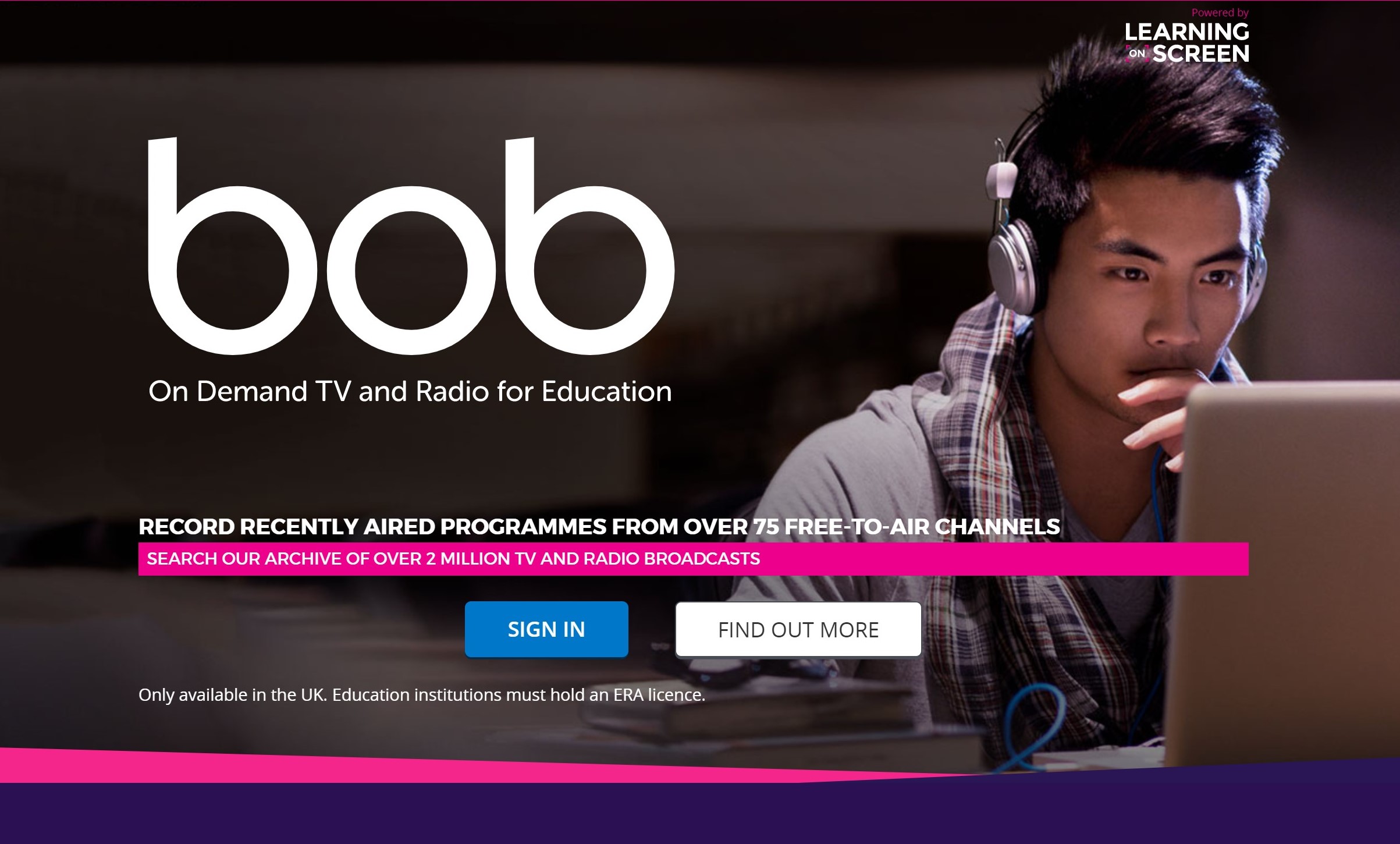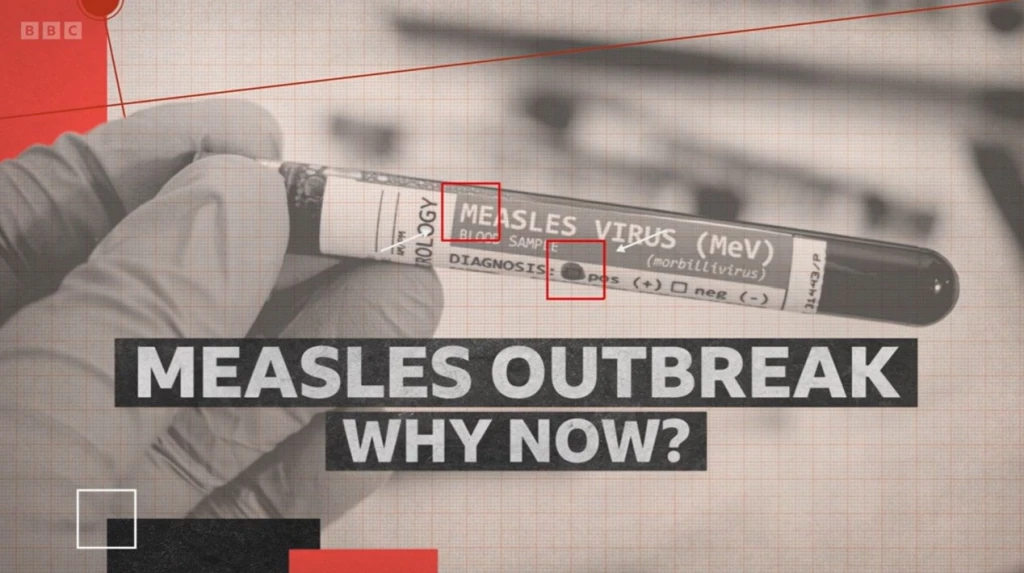[Post updated April 24th, see additional notes at bottom – including details of new playlists, and free trials of BoB]
The unprecedented COVID-19 pandemic has forced a radical rethink regarding so much of “normal life”. The cessation of face-to-face teaching at universities is just one of the areas in which people are having to investigate workarounds to usual practice. One of the interesting observations over this past week has been the sudden adoption of technologies which have been around for a while, but have never quite found the level of engagement that they deserved.
 If you are a UK academic or student, I would like to add another example into the mix – the online TV and Radio repository BoB (https://learningonscreen.ac.uk/ondemand sometimes known as “Box of Broadcasts”).
If you are a UK academic or student, I would like to add another example into the mix – the online TV and Radio repository BoB (https://learningonscreen.ac.uk/ondemand sometimes known as “Box of Broadcasts”).
BoB has been around in a variety of formats for about a decade. It currently has over 2.2 million copyright-cleared broadcast programmes available to stream, and over 120 universities and colleges are subscribed – if you are at a UK university you probably have access already but never knew it!
I am a massive enthusiast for BoB, and for the related Television and Radio Index for Learning and Teaching (TRILT). For full disclosure I am a Trustee of Learning on Screen, the organisation that runs both resources – but that role stems from my enthusiasm for their potential not vice versa!
I have written several articles and run workshops about ways BoB can be used in teaching. Rather than repeat myself now, here are a couple of pertinent links:
- An article Boxing clever in Times Higher Education from 2014 (link)
- A seminar Do you know Bob? Adventures with technology-based resources for teaching (and beyond) which I ran in in April 2019 (link)
- Another talk As seen on TV: Using broadcast media in university teaching from December 2018 (link) – there are inevitable overlaps between this and (2) but they were tailored for different audiences, so probably worth looking past the initial similarities – the “back end” of the two talks are rather more diverse.
- My work in this area was also written up as a case study (link)
In the recent past, Learning on Screen have started to develop subject-specific playlists. A few of us have also tried to co-ordinate disciplinary blogs, which allow for more description of the content and discussion of potential applications. As an example, see our Biology on the Box site.
These are tricky and uncertain time, but I’m hoping that when we get a chance to look back after the storm, the appropriate rise of online tools for pedagogy will be one of the plus points to emerge from the tragedy.
UPDATED (24th April): As the lockdown has continued and with the increasing realisation that emphasis on online teaching will persist for a much longer period afterwards, Learning on Screen have started a series of disciplinary playlists as the cornerstone of the development of more teaching resources. The lists themselves are within the members-only site (via this link).
I was asked to curate a Biology in Broadcast Media list (see this link, again within the members area I’m afraid). Learning on Screen made a promotional video (open access) about the playlist (see https://vimeo.com/407951233) and they also asked me to host a two-hour “takeover” of their Twitter account. I have make the latter thread into a PDF file, which can be accessed via this link.
Introduction to the other playlists can be found on the Learning on Screen Vimeo account (here). Where you can also find a video (here) about other current developments, including free trials of BoB until July 2020.
March 18, 2020
Categories: pedagogy, learning, education, web 2.0, practical tips, video, radio, online learning . Tags: BoB, Box of Broadcasts . Author: Chris Willmott . Comments: Leave a comment






 I have started by the new list by including a variety of programmes which I had previously identified as part of the Biology On The Box project, Over time I will add more news items and other classic documentaries. Of course if you have any suggestions or requests for inclusion then do please let me know. Similarly, I know that they are seeking academics willing to curate collection for different disciplines so, if you think that might be you, do get in touch with
I have started by the new list by including a variety of programmes which I had previously identified as part of the Biology On The Box project, Over time I will add more news items and other classic documentaries. Of course if you have any suggestions or requests for inclusion then do please let me know. Similarly, I know that they are seeking academics willing to curate collection for different disciplines so, if you think that might be you, do get in touch with  If you are a UK academic or student, I would like to add another example into the mix – the online TV and Radio repository
If you are a UK academic or student, I would like to add another example into the mix – the online TV and Radio repository 
